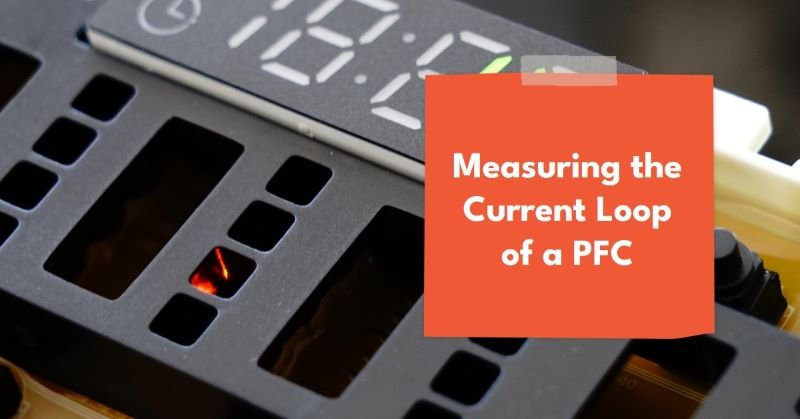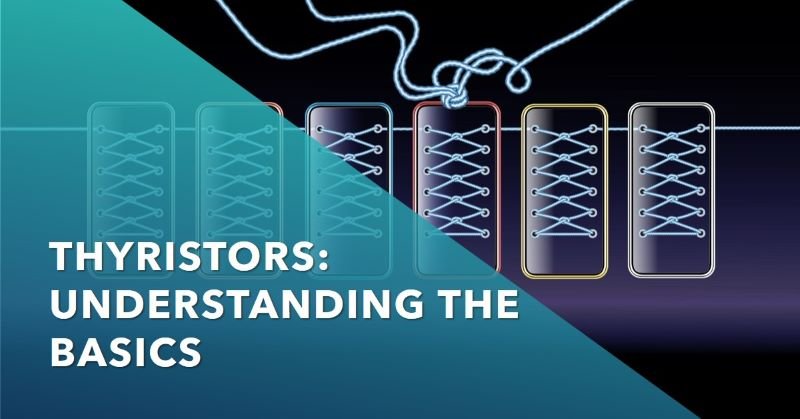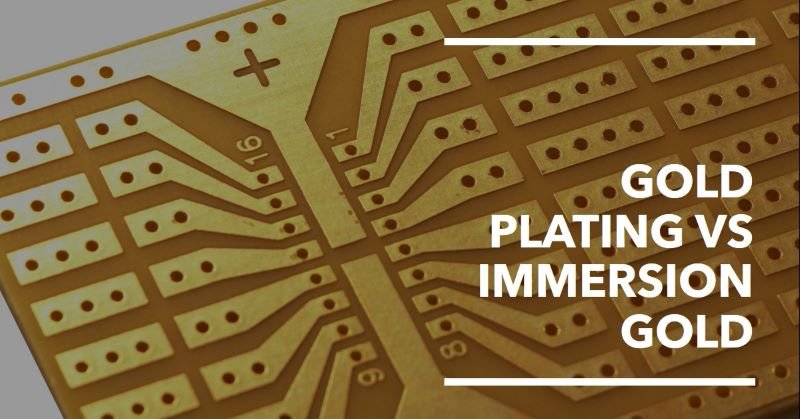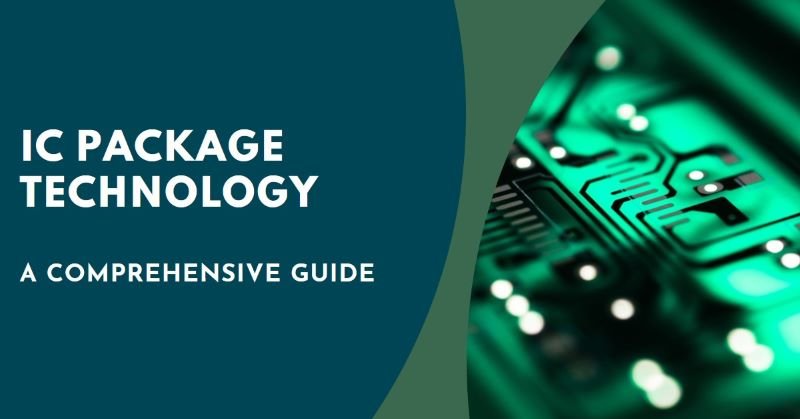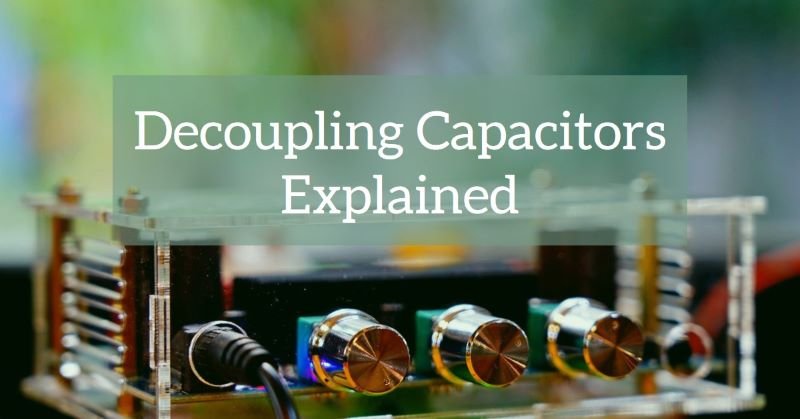Measuring the current loop of a PFC
Power Factor Correction (PFC) is an important aspect of modern power electronics, helping to improve the efficiency and quality of power delivery. PFC circuit is the current loop, which is responsible for regulating the flow of current in the system. In this blog post, we will explore the importance of measuring the current loop in a PFC circuit and discuss some of the methods used for this purpose.
What is Power Factor Correction (PFC)?
Before diving into the details of the current loop, let’s quickly recap what Power Factor Correction (PFC) is. PFC is a technique used in electrical systems to improve the power factor, which is the ratio of real power to apparent power. A low power factor can result in inefficient energy usage, increased energy costs, and potential damage to electrical equipment.
PFC circuits work by actively adjusting the input current waveform to be in phase with the input voltage waveform. This adjustment helps to minimize reactive power and improve the overall power factor of the system.
Why Measure the Current Loop?
Measuring the current loop in a PFC circuit is essential for several reasons. Firstly, it allows us to ensure that the current flowing through the system is within the desired range. This helps to prevent overloading of the components and ensures safe operation of the circuit. Secondly, by accurately measuring the current, we can monitor the power factor and make necessary adjustments to improve the overall efficiency of the system. Lastly, measuring the current loop provides valuable data for diagnostic and troubleshooting purposes, allowing us to identify and rectify any issues that may arise.
Methods for Measuring the Current Loop
There are several methods available for measuring the current loop in a PFC circuit. Let’s take a look at some of the commonly used techniques:
1. Current Probe
A current probe is a commonly used tool for measuring the current loop in PFC systems. It is a non-invasive technique that allows you to measure the current without interrupting the circuit. A current probe consists of a magnetic core and a sensing coil. When placed around a conductor carrying current, it induces a voltage proportional to the current flowing through the conductor.
Current probes are easy to use and provide accurate measurements. They are particularly useful when working with high currents or in applications where it is not feasible to interrupt the circuit for measurement. However, it is important to ensure that the current probe is properly calibrated and that the magnetic field is not affected by nearby conductors or magnetic materials.
2. Resistive Shunt
A resistive shunt is another popular method for current loop measurement in PFC systems. It involves inserting a low resistance element, known as a shunt, in series with the current path. The voltage drop across the shunt is proportional to the current flowing through it, allowing for current measurement.
Resistive shunts offer high accuracy and are relatively inexpensive compared to other measurement techniques. They can handle high currents and provide a direct measurement of the current without the need for additional amplification. However, resistive shunts introduce a voltage drop in the circuit, which may affect the overall performance of the PFC system. Care should be taken to select a shunt with an appropriate resistance value to minimize this impact.
3. Current Sensing Amplifiers
Current sensing amplifiers are integrated circuits specifically designed for current measurement applications. They provide a high-precision measurement of the current by amplifying the voltage drop across a shunt or a current-sensing resistor. Current sensing amplifiers offer excellent linearity, low offset, and high common-mode rejection ratio.
Using current sensing amplifiers simplifies the measurement process and eliminates the need for external amplification circuits. They provide a wide range of gain options and can be easily interfaced with microcontrollers or other digital devices. However, care should be taken to select a current sensing amplifier with the appropriate specifications for your specific application.
4. Rogowski Coil
The Rogowski coil is a flexible coil that can be wrapped around a conductor to measure the current flowing through it. It is a non-invasive technique that does not require breaking the circuit or inserting any components. The Rogowski coil operates based on the principle of magnetic field induction.
Rogowski coils are lightweight, compact, and offer excellent bandwidth. They are particularly useful for measuring high-frequency currents and in applications where space is limited. However, Rogowski coils require external integrators or signal processing circuits to convert the coil’s output voltage into a current measurement. Additionally, they may be susceptible to external magnetic fields, which can affect the accuracy of the measurement.
5. Hall Effect Sensors
Hall effect sensors are solid-state devices that measure the magnetic field generated by the current flowing through a conductor. They can be used for both non-invasive and invasive current measurements. Hall effect sensors offer a contactless measurement solution and are not affected by the resistance or impedance of the current path.
Hall effect sensors are easy to install and provide a galvanically isolated measurement. They offer good accuracy and can handle high currents. However, they may require additional calibration to account for temperature variations and non-linearities. Care should also be taken to select a Hall effect sensor with the appropriate sensitivity and bandwidth for your specific application.
Considerations for Measuring the Current Loop
When measuring the current loop in a PFC circuit, there are a few important considerations to keep in mind:
1. Accuracy
Accuracy is crucial when measuring the current loop, as even small errors can lead to significant deviations in the system performance. It is important to select measurement devices that offer high accuracy and precision to ensure reliable operation of the PFC circuit.
2. Isolation
Isolation is an important aspect of current measurement, especially in high voltage applications. It helps to protect the measurement equipment and ensures the safety of the operator. It is advisable to use isolated current sensors or provide adequate isolation measures to prevent any potential hazards.
3. Calibration and Verification
Regular calibration and verification of the measurement equipment is essential to maintain accurate and reliable measurements. This helps to identify any drift or inaccuracies in the measurement system and allows for necessary adjustments or replacements to be made.
Conclusion
In conclusion, Measuring the current loop of a PFC system is essential for understanding its performance and ensuring optimal operation. The choice of measurement technique depends on various factors such as accuracy requirements, current levels, space constraints, and cost considerations.
In this article, we have explored five popular methods for current loop measurement in PFC systems: current probes, resistive shunts, current sensing amplifiers, Rogowski coils, and Hall effect sensors. Each technique has its advantages and considerations, and the selection should be based on the specific needs of your application.
